In the breastfeeding world, learning how to get your baby to latch is everything. It impacts comfort, supply, and overall breastfeeding success more than almost any other factor. So how do you get a great latch? (Or, more accurately, how do you get your baby to get a great latch?)
In a perfect world, babies would be born with picture-perfect latches right out of the womb. They would snuggle up, latch on, and nurse beautifully from their very first.
As it stands, though, babies AREN’T born knowing how to nurse perfectly. Yes, some of them do latch onto it quite quickly, but others need more guidance.
That’s fine—too many parents feel pressure to do everything just right after they have their baby, but we’re here to tell you that it’s okay for it to feel hard. But remember, if your baby is having a hard time latching, getting help is important.
If you’re new to breastfeeding, you’ve probably heard the term “latch” thrown around a lot, but has anyone stopped to explain it?
Latching is how your baby attaches to your breast during breastfeeding. Their latch creates a suction that allows them to draw milk out of your breast as they stimulate the nipple. If a latch isn’t good, it can cause a range of problems:
What’s more, these problems can cascade into other ones. For example, inadequate milk transfer can cause clogged ducts, which can cause mastitis. Mastitis can become recurrent if untreated, and antibiotic treatment, while often needed, can cause thrush to occur.
Learning how to latch correctly can take time and practice. But what does a good latch look like in the first place?
When your baby is latching correctly, their latch should cover the nipple AND some or all of the areola, depending on its size—essentially, your baby should take as much breast tissue into their mouth as possible. This helps the nipple sit at the roof of the mouth. From there, the nipple acts like a showerhead where the milk comes out.
Breast milk may be expressed through lots of small openings in your nipple, but milk is stored throughout your breasts, including in what is called milk sinuses. Milk sinuses are located directly under the areola, and they need to be compressed to start your letdown.
Breastfeeding parents should also note the feelings or sensations of a good latch. A good latch isn’t painful—instead, it feels like a secure connection between your baby and your breast.
What should you look for in a good latch? Here are the characteristics that define a good one.
How do you know if your baby ISN’T latching correctly? First off, a bad latch is often accompanied by nipple pain. This happens when your baby only latches onto your nipple instead of getting a wide, deep latch that includes both nipple and areola.
Other signs of bad latches include:
If you see any signs of a bad latch, immediately unlatch your baby and try again. It may take several attempts to get it right, but the more you and your baby practice, the easier it will become.
How do you unlatch? Simply slide your finger into the corner of your baby’s mouth. Move your finger past their lips and between their gums, pressing down lightly. The goal is to break the suction between your baby’s mouth and your breast.
Why is your baby struggling to latch? Besides the fact that latching is a learned skill, there are some reasons why your baby might be having a hard time with it—but thankfully, there are solutions to all of them!
Getting in the right position for breastfeeding makes latching much easier for your baby. Make sure that:
Part of fixing poor positioning is making sure you’re comfortable.
“You are a mama bird now, so build a NEST at home! Use pillows, Boppys, or Breastfriends, so your baby is as high as your breast tissue. Place a pillow under each elbow, have your water, cellphone, and easy, healthy one-handed snacks in arm’s reach,” says Lori Theisen, Nest Collaborative IBCLC. “In short, get cozy and get nursing!”
Tongue and lip-tie can make latching difficult because the baby can’t fully open its mouth for the nipple and areola. If your baby has a tongue or lip-tie, it’s essential to fix it so you can avoid additional problems with breastfeeding.
Breastfeeding parents with flat or inverted nipples absolutely CAN breastfeed, but teaching your baby to latch onto your breast may require a little bit of extra help from an IBCLC.
Latching is something that all breastfeeding parents and babies can learn to do, but it’s a lot easier if you get the right tips to help you.
Lori Theisen shares, “The more you educate yourself, the more empowered and confident you will feel about breastfeeding.”
Prenatal breastfeeding classes and support are hugely helpful for new parents. They’re directly linked with more and longer breastfeeding among parents. Not only do these classes teach the basics, but they also address the common worries and concerns that can decrease a breastfeeding parent's confidence in their ability to breastfeed.
What’s more, classes like those offered by Nest Collaborative are personalized to your needs. If you have specific questions or problems, your lactation consultant/teacher will work through them with you, so you’re full of confidence as you start your breastfeeding journey.
A good latch is more manageable for your baby when your breast is, well, in the right shape for them. That’s where the sandwich hold comes in handy. Here’s how to do it:
There are lots of positions for breastfeeding. Depending on your baby’s latch, how your birth recovery is going, your milk supply, and other factors, different positions may work better for you and your baby.
Note: Whatever position you choose, make sure you can hold it for a while. Nursing sessions can take anywhere from 5 to 45 minutes depending on your baby, their nursing patterns, and if they fall asleep on the breast.
With the cradle hold, the baby rests on your chest, in your arms, or on a nursing pillow facing you, belly to belly. Cradle the baby’s head in the crook of one arm, with your hand supporting their bottom. It’s helpful to support the breast you’re feeding with your other hand.
The cross-cradle hold is similar to the cradle hold, but you use your arms differently. Your baby will rest across you, belly to belly. Use one arm to support their head and the opposite arm to come around the baby’s back to support their head, neck, and shoulders.
The cross-cradle position allows you to have more control over how your baby latches on (takes the breast into his or her mouth). Many parents find that they’re able to get their babies latched on more deeply with this hold.
These positions are the most familiar ones to parents, but it can be harder to get correct latches when using them. Make sure to provide enough support for your baby’s head—this is a big part of sustaining a good latch.
Baby rests under your arm, facing toward your breast. Their body is supported by pillows, so they’re raised to your breast, and their head and neck are supported by your hand.
This position works well for parents who had a c-section delivery or are tandem nursing.
Both parent and baby are semi-reclined tummies to tummies, with the baby on top.
This position works well if the breastfeeding mom has oversupply or a forceful letdown.
Both parent and baby are lying down in bed facing each other.
This position is great for naptime and nighttime feedings and parents recovering from birth, both vaginal deliveries, and c-sections.
Worried about your baby’s latch? We want all parents to feel confident about their breastfeeding experience. We’re here to answer your questions and help you find solutions.
Book a convenient online video appointment with one of our IBCLCs today.
